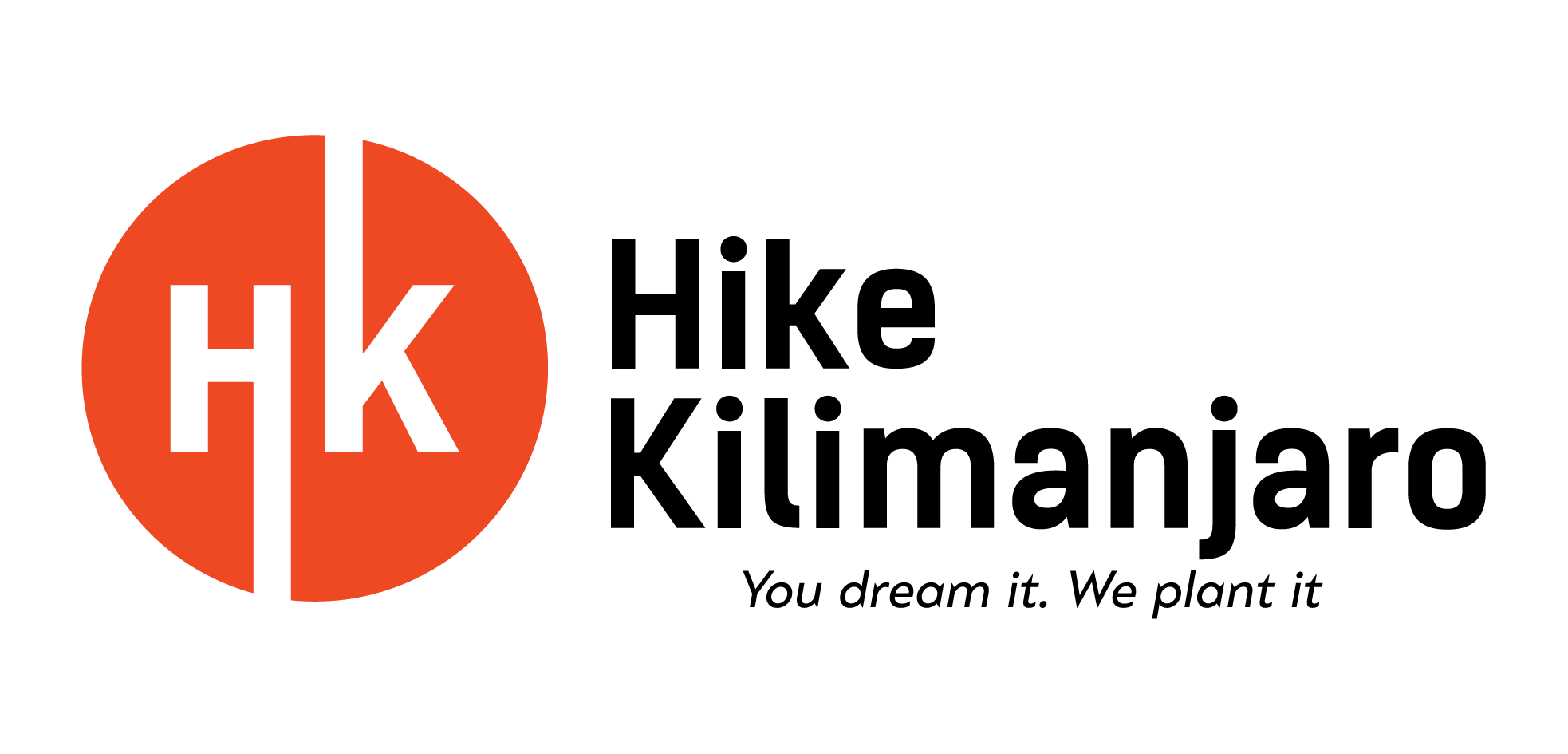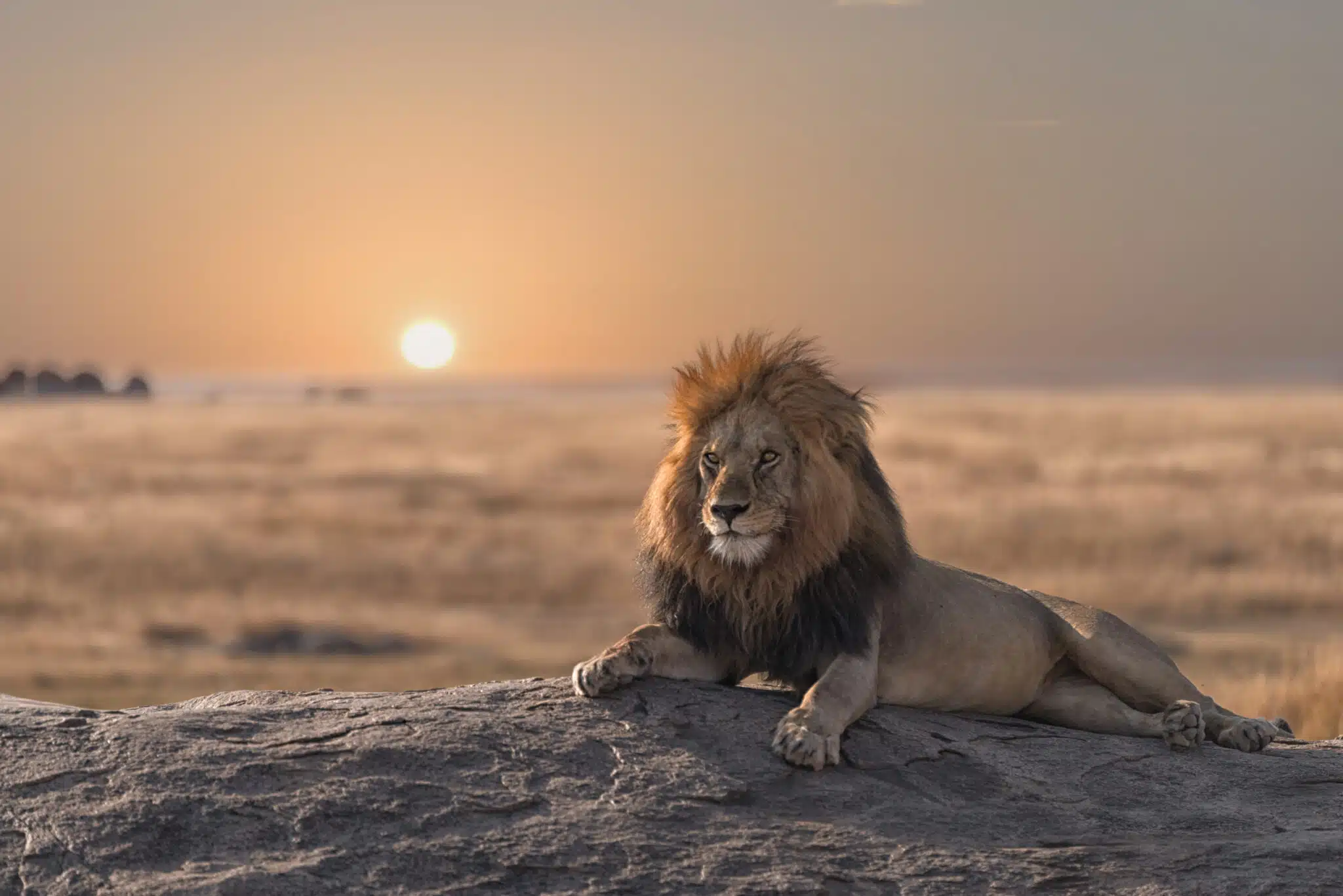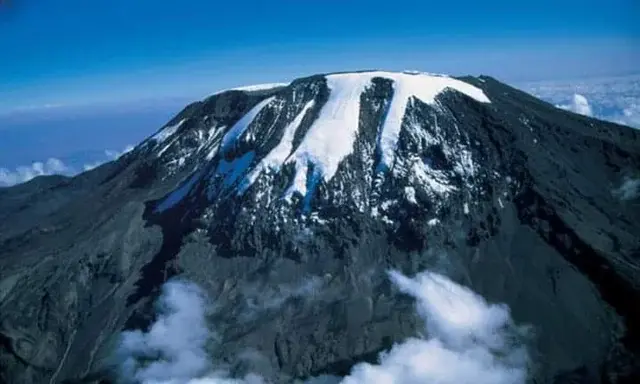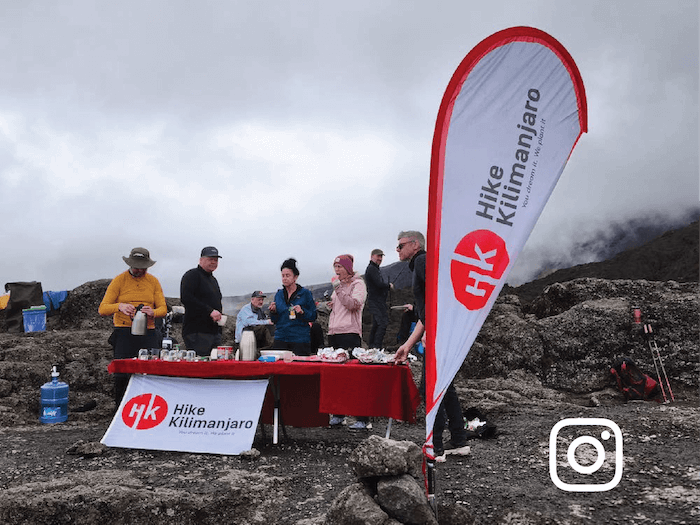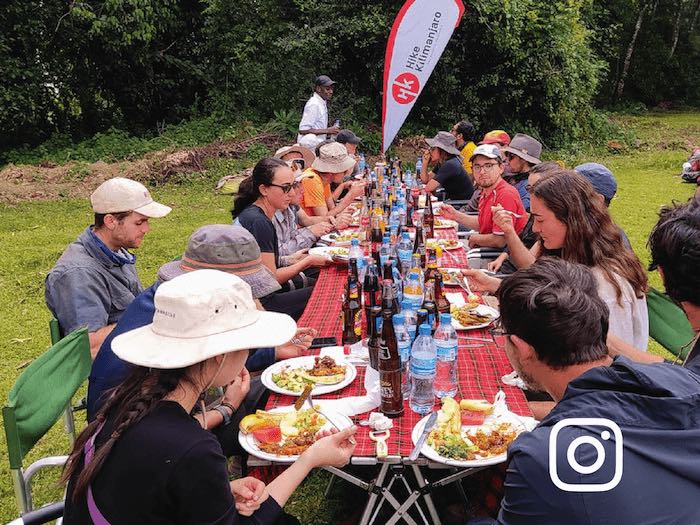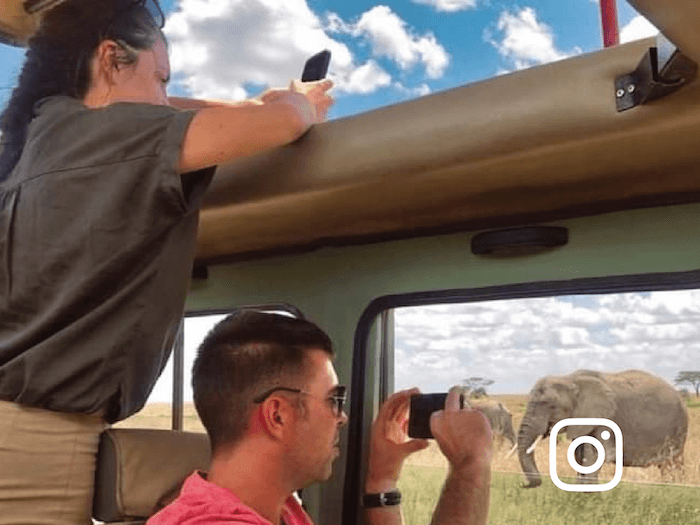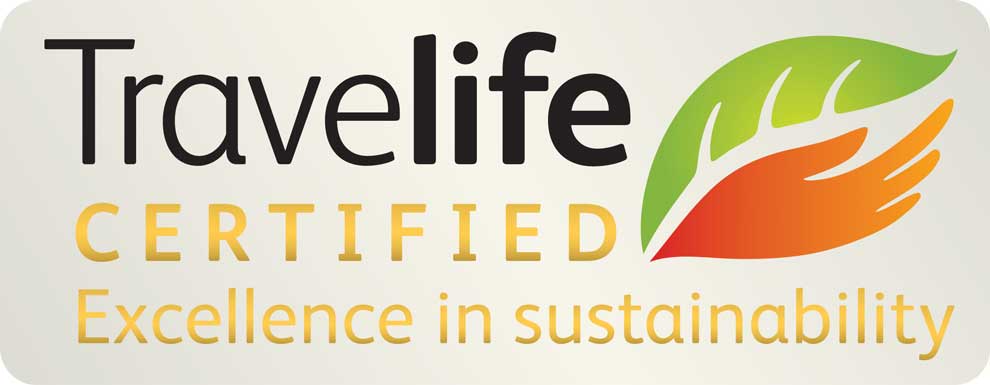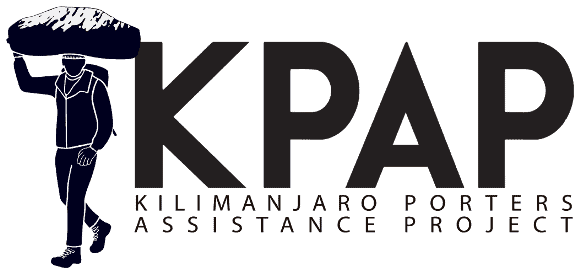Kilimanjaro Base Camp Secrets: Best Routes to Conquer the Summit
Planning to climb Mount Kilimanjaro? This comprehensive guide to its base camps and trekking routes covers everything you need to know. Discover the best places to rest and acclimatise, explore key camp highlights, and learn how to choose the right route for a successful summit.

Mount Kilimanjaro isn’t just Africa’s highest peak; it’s one of the world’s most iconic trekking adventures. Located in Tanzania, the legendary “Roof of Africa” rises 5,895 meters (19,340 feet) above sea level. Its highest point, Uhuru Peak, commemorates Tanzania’s independence in 1961, “Uhuru” meaning freedom in Swahili. As the planet’s tallest free-standing mountain, Kilimanjaro is unmatched in both scale and beauty, making it a bucket-list climb for trekkers around the world.
Climbing this incredible mountain is an immersive journey through dramatically changing landscapes, sweeping high-altitude panoramas, and the physical and mental challenge of reaching the top. But conquering Kilimanjaro requires more than determination. Success depends heavily on the route you choose — and on the support you receive at Kilimanjaro’s well-designed boutique base camps.
Across all Kilimanjaro routes, there are more than 20 official campsites, each positioned to help trekkers rest, recover, and acclimatise. These base camps are not just overnight stops, they are strategic waypoints that shape your entire summit experience. Whether you choose the Machame, Marangu, Lemosho, or another route, understanding what each camp offers from the rugged character of Kibo Hut to the sweeping views from Barafu Camp is essential to planning a safe and rewarding climb.
Every year, nearly 30,000 climbers attempt to reach Uhuru Peak. Yet, despite the excitement and preparation, almost half never reach the summit. Surprising, isn’t it? Especially because Kilimanjaro doesn’t require technical climbing skills. The real challenge is altitude, and one of the biggest reasons trekkers fail is choosing a route that ascends too quickly. Many opt for the short Marangu Route, just five days round-trip, without realizing it provides limited time for acclimatisation.
The proven key to a successful summit?
Choose a longer Kilimanjaro route with a gradual ascent. This strategy dramatically improves your chances of reaching the top and allows you to fully enjoy Kilimanjaro’s incredible landscapes along the way.
This guide will introduce you to Kilimanjaro’s most important base camps and explain what makes each one unique. From high-altitude expedition camps perched above the clouds to scenic waystations offering unforgettable sunset views, you’ll discover why these rest stops aren’t just places to sleep, they’re an essential and unforgettable part of your Kilimanjaro adventure.
Kilimanjaro Trekking Routes: Easiest to Hardest
Mount Kilimanjaro offers several trekking routes, each differing in difficulty, scenery, acclimatisation profile, and overall success rate. Choosing the right route is one of the most important decisions for a safe and rewarding ascent. Below is a breakdown of the main Kilimanjaro routes from easiest to most challenging.
1. Marangu Route (Coca-Cola Route)
Difficulty: Easy to Moderate
Duration: 5–6 days
Distance: ~82 km (50 miles)
Best for: Comfort, accessibility, hut accommodation
Accommodation: Mountain huts (unique to this route)
Starting Point: Southeast
Summit Approach: Via Kibo Hut
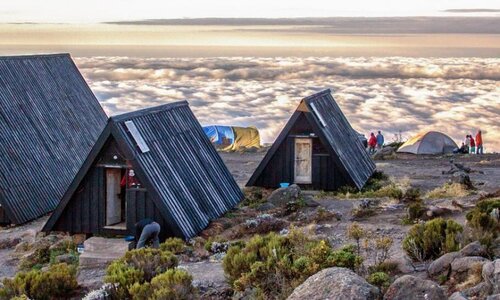
The Rongai Route approaches Kilimanjaro from the remote northern side, offering a unique, less-crowded trekking experience. Known for its dry climate, Rongai is an excellent choice during the rainy seasons and for climbers seeking solitude.
The trail features gentle slopes, scenic wilderness, and beautiful views across the Kenya–Tanzania border region. While considered moderately easy with a steady incline, Rongai’s drier environment provides slightly fewer natural acclimatisation opportunities compared to western routes. The final summit attempt merges with the Marangu Route at Kibo Hut.
Rongai is ideal for trekkers who value a quieter, more peaceful climb and want a route with lighter rainfall, stable weather, and a comfortable acclimatisation profile.
2. Rongai Route
Difficulty: Moderate
Duration: 6–7 days
Distance: ~79 km (40 miles)
Best for: Quieter trekking and drier conditions
Accommodation: Tented camps
Starting Point: Northern side (near the Kenya border)
Summit Approach: Via Kibo Hut
Rongai is the only Kilimanjaro trail that approaches the mountain from the northern side, making it significantly drier and more reliable during the rainy season. Thanks to its remote location, the route is far less crowded and rewards trekkers with incredible views stretching toward Kenya.
The trail winds through open moorlands and high alpine desert, offering a peaceful and gradual ascent that supports strong acclimatisation. This makes Rongai a solid option for climbers who prefer solitude, stable weather, and a steady climbing profile.
While the descent follows the Marangu Route, providing a different perspective on the way down, Rongai is generally considered less scenic compared to western trails like Lemosho or Machame. Still, its quiet nature and dependable conditions make it one of the best choices for trekkers seeking a calm, comfortable, and crowd-free Kilimanjaro experience.
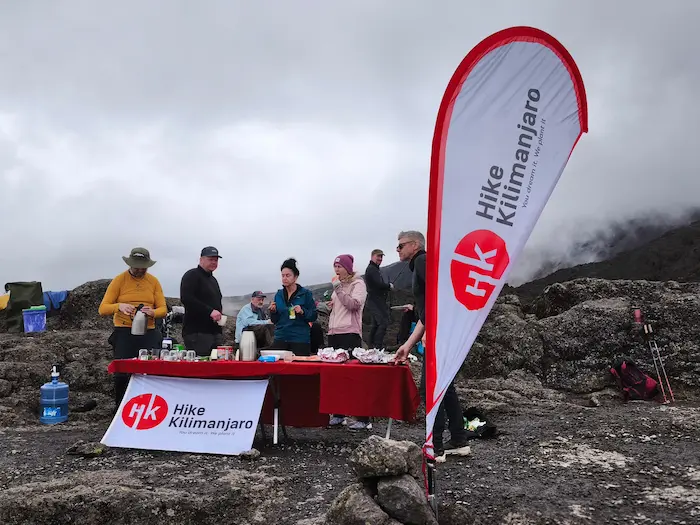
3. Your skin and lips take a beating
I’ve never been one to pay much attention to my lips. I’d never even used a balm with SPF before my Kilimanjaro climb. And honestly, protecting them from the wind wasn’t something that ever crossed my mind. But wow… after experiencing it firsthand, I can confidently say that protecting your lips and skin on Kilimanjaro is essential!
The Importance of Protecting Your Lips
The combination of cold, dry air and relentless summit-day winds absolutely destroyed my lips. At the time, I didn’t realize how bad it was, but the next morning, they were swollen, numb, and painfully cracked. Over the following days, they peeled and hurt so much that even smiling felt impossible (picture a real-life Wallace and Gromit character that was me!).
The worst part? It was completely preventable. If I’d just taken a moment to protect my lips properly, I could have avoided all that discomfort. So here’s my advice:
- Apply an SPF lip balm regularly throughout your trek.
- On summit day, when the wind is at its strongest, cover your mouth with a balaclava or buff for extra protection.
Trust me your future self (and your lips!) will thank you.
Look After Your Skin
The cold, dry air on Kilimanjaro can really take a toll on your skin. Some people experience mild dryness, while others find their skin becomes uncomfortably tight and flaky. It’s one of those small but surprisingly noticeable challenges of trekking at high altitude.
To keep your skin comfortable and healthy, pack a good-quality, heavy-duty moisturizer. Your hands and face will need it the most; they’re the areas you can actually wash during “washy washy” time at camp and are also the most exposed to the elements throughout the trek.
Applying moisturizer regularly not only helps prevent dryness but also adds a small touch of comfort at the end of each cold day on the mountain.

4. You Need to Pee All the Time
When climbing Kilimanjaro, trekkers are encouraged to drink at least three litres of water a day to stay properly hydrated and help prevent or reduce altitude sickness symptoms.
I’ll be honest, I’m usually terrible at drinking enough water, so I thought meeting that three-litre goal would be a struggle. But to my surprise, it wasn’t! During the first couple of days in the warm rainforest zone, I found myself drinking constantly. I’d finish all the water in my CamelBak and move straight on to my bottle — great for hydration, but it led to an endless number of loo breaks.
And here’s the thing: one of the side effects of being at high altitude is that your body naturally produces more urine. Combine that with all the extra hydration, and you’ll quickly realize that you need to pee all the time.
Toilet Tents and “Rock Toilets”
On Kilimanjaro, bathroom breaks are an adventure of their own. You’ll either use the facilities at camp or find a discreet spot behind a rock while on the trail. Camps are definitely the better option; they have toilets, and most reputable operators provide a private toilet tent, which is much cleaner and more comfortable than the public ones.
If you’re trekking the Marangu Route, you’ll stay in huts instead of tents and use communal ablution blocks. But for most other routes, when nature calls mid-trail, your best bet is to find a rock or bush, step aside discreetly, and embrace the mountain experience!
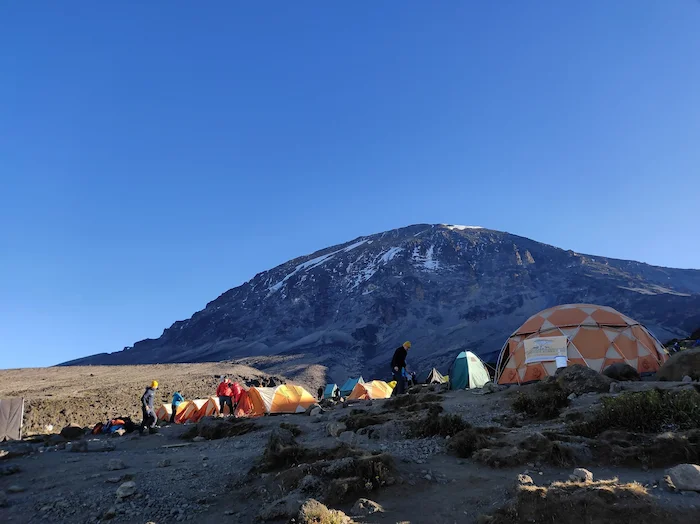
Advice for Women
Ladies, here’s a tip you’ll definitely appreciate: consider packing a female urination device such as a Shewee or GoGirl for your Kilimanjaro climb. These handy tools allow you to pee standing up, which can be a real game-changer on the mountain.
Not only does it make things far easier when you’re on the trail, but it also means you only need to unzip your pants instead of pulling them down, a true blessing when it’s cold and you want to keep as much skin covered as possible!
We cover this and other practical tips in detail in our guide: [Advice for Women Climbing Kilimanjaro].
Leave No Trace
Kilimanjaro National Park enforces a strict “Leave No Trace” policy to protect the mountain’s delicate environment. This means that tour operators are required to carry all waste down from the mountain, and they can face penalties if they fail to do so.
As trekkers, we also play an important role in maintaining this standard. That means never leaving toilet paper or other waste behind on the trail, not even if it’s buried. Everything you bring onto the mountain should come back down with you.
A simple way to do this is to pack a few small biodegradable bags for storing used tissue or other personal waste until you reach camp, where proper disposal bins are available. It’s a small effort that makes a big difference in keeping Kilimanjaro clean for future climbers
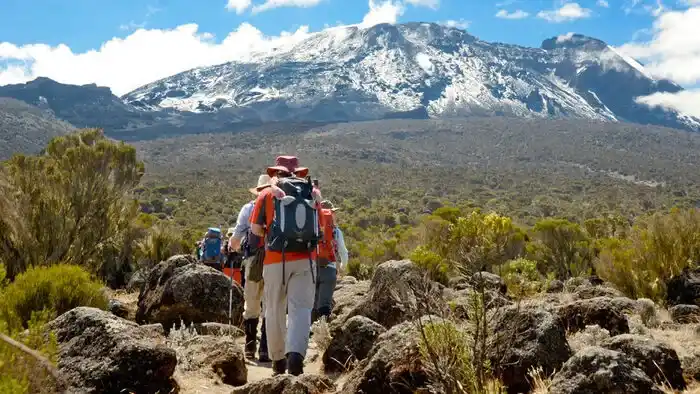
Visit the toilet tent just before heading to bed
During my trek, I quickly learned a valuable lesson: always visit the toilet tent before getting cosy in your sleeping bag.
On the mountain, even the simplest tasks become more challenging. As soon as I’d snuggled in, I’d suddenly need to pee, and what would normally be a quick trip in my PJs turned into a full-blown ordeal. At higher altitudes, the reduced oxygen makes you out of breath from the tiniest effort, and stepping back into the frigid night air is… well, unpleasant, to say the least!
Save yourself the unnecessary hassle and make that last pre-bed bathroom trip a priority. Your future self (and your toes) will thank you.
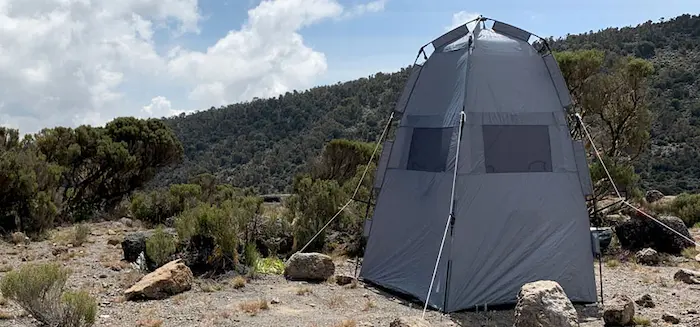
5. The Water in Your Hydration Pack Can Freeze on Summit Day
Before this trek, I had never used a hydration pack. Honestly, I thought they were just a gadget for “lazy” hikers who couldn’t manage with a standard water bottle. How wrong I was!
My CamelBak hydration pack quickly became one of my most valued pieces of gear on the entire climb. I truly believe my experience would have been very different and not in a good way without it. Here’s why:
Optimal water intake: My CamelBak holds three litres of water, which is about the recommended daily amount for Kilimanjaro. Having all my water in one place made it easy to monitor my intake without juggling multiple bottles.
Convenience on the move: I could sip water while walking, without having to pull a bottle out of my pack or ask a friend to hand it to me. The hose and mouthpiece made it effortless to drink throughout the day, and I’m fairly certain I would have consumed far less water if I’d relied solely on bottles.
The only downside? On summit day, the water in your pack can freeze in the extreme cold, so plan accordingly. Keeping the tube close to your body or using insulated covers can help.
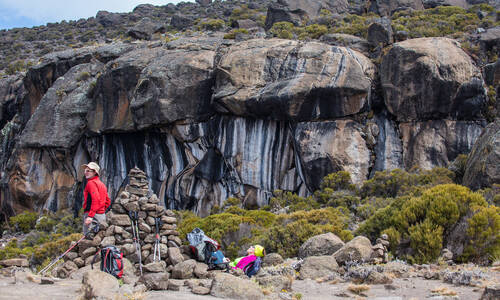
When Your Hydration Pack Freezes
The one drawback of a hydration pack is that when temperatures drop below freezing, your water can turn into ice. First, the water in the hose freezes, followed by the water inside the pack. Suddenly, you’re carrying a block of ice that does nothing to quench your thirst! In rare cases, the freezing process can even damage the mouthpiece of your hose.
On Kilimanjaro, this is only a concern on summit day. The temperatures on previous days aren’t low enough to freeze your water, but summit day is a different story. You start trekking at midnight and climb into near-arctic conditions. That’s a double whammy!
Because of this, on summit day you’ll likely need to rely on a traditional water bottle, preferably one insulated or kept close to your body, to stay hydrated during the climb.

How to Carry Your Water Bottle on Summit Night
As mentioned in our Kilimanjaro packing list, on summit day, it’s important to place a full one-litre water bottle inside a thermal sock and tuck it deep inside your daypack. If you carry the bottle in your jacket or an outer pocket, the water will likely freeze in the extreme cold.
In addition to keeping the bottle inside your pack, make sure it’s firmly secured and positioned upside down. Water freezes from the top down, so by placing it upside down, the water at the drinking end stays liquid for longer, ensuring you have drinkable water available even in freezing conditions.

6. You feel ‘off’ when high up the mountain
Before my Kilimanjaro trek, I knew it was common to experience some symptoms of high altitude, such as headaches or nausea. What I didn’t expect, however, was how long that “off” feeling could last. Simply put, you rarely feel 100% optimal when you’re high up the mountain.
The altitude affects everyone differently; some climbers notice symptoms earlier, others later, and the severity can also vary. Generally, you may start to feel the effects from around 3,000 m (9,843 ft) above sea level, with the impact intensifying as you climb higher. Being aware of this helps you manage expectations and pace yourself, making the trek more manageable.
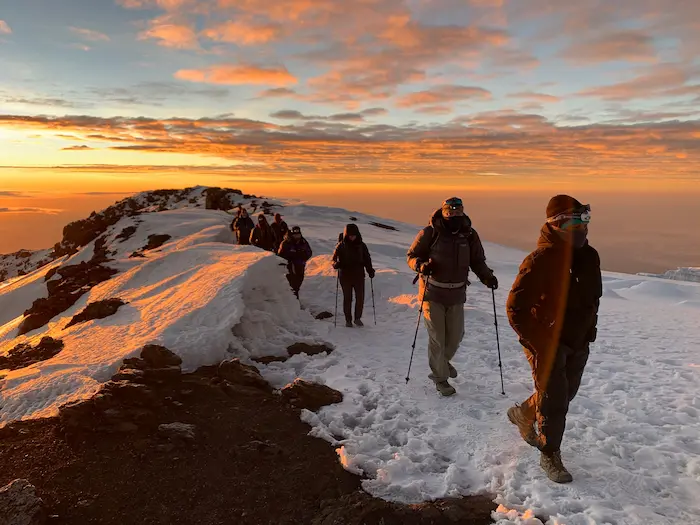
Feeling iffy versus altitude sickness on Kilimanjaro
It’s important to distinguish between feeling a bit off due to high altitude and actual altitude sickness, which is a serious condition that may require immediate descent. Feeling “iffy” is common and usually manageable, but true altitude sickness can be dangerous if not addressed promptly.
Your trek guides are trained to recognize the difference, which is why open communication is essential. Always let them know how you’re feeling, whether it’s mild discomfort, fatigue, or more concerning symptoms. They are there to monitor your health and ensure your safety, so don’t hesitate to speak up.
Remember: honest communication with your guides can make the difference between a safe, successful climb and a risky situation.
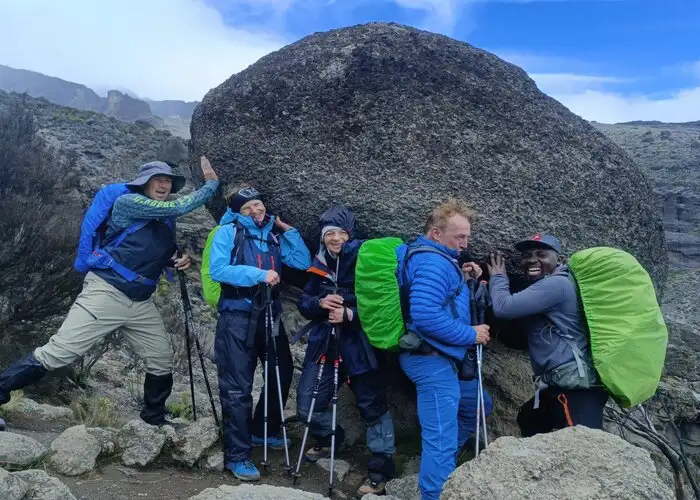
7. Prepare Yourself Mentally
One of the best ways to cope with feeling “off” at high altitude is to prepare yourself mentally. You’ll inevitably experience some discomfort, whether it’s a headache, mild nausea, or general fatigue. Knowing in advance that this is normal at high altitude helps prevent alarm and allows you to focus on pacing yourself and powering through.
Even the simplest tasks, things you’d normally do without thinking, can feel exhausting at altitude. Getting in or out of your tent, for example, may take more effort than expected due to the reduced oxygen levels. The key is to take things slowly and be patient with your body. There’s no need to rush; pacing yourself is essential for a safe and successful climb.
And yet, it's all worth it!
I hope these tips help you feel better prepared for your Kilimanjaro adventure! Climbing this mountain was one of the most challenging yet rewarding experiences of my life. It’s precisely because of the obstacles and tough moments that I feel so proud of what I accomplished.
Looking back at photos and memories from the trek, I remember the amazing camaraderie, the endless breathtaking views, and the sheer joy of reaching the summit. These are experiences that stay with you forever, and I sincerely hope you get to create similarly unforgettable memories on your own climb one day!
Share Your Article:
Make your dream trip come true with Hike Kilimanjaro .

5/5
Based on 100+ reviews

4.9
Based on 60+ reviews
Customized Travel Proposal
At Hike Kilimanjaro, you can tailor your trip to your preferences. Our sample itineraries are customizable, and our specialists work with you to create your dream trip!
Related posts
These full and frank reviews are from travelers who have traveled with Hike Kilimanjaro previously. The reviews and experiences shown here are from reputable travel websites like TripAdvisor, Google, Facebook, and Trust Pilot, etc.
EXCELLENTVerified "This 3-day luxury safari combined with a Kilimanjaro hike exceeded all my expectations. "This 3-day luxury safari combined with a Kilimanjaro hike exceeded all my expectations. The accommodations were elegant and comfortable, and the guides were knowledgeable and friendly. The safari offered incredible wildlife photography opportunities, and climbing Kilimanjaro was a true test of endurance and strength, but the stunning vistas made it all worthwhile. An exceptional journey that I will cherish forever."Posted onVerified "My entire expectations were surpassed by climbing Kilimanjaro. "My entire expectations were surpassed by climbing Kilimanjaro. When one reaches Uhuru Peak, the sensation of accomplishment is indescribable. Because of the well-planned logistics, the amiable crew, and the breathtaking environment, the entire hike was easy and fun. It is a very remarkable event that I would gladly repeat. For adventurers, it's a must.Posted onVerified Tanzania truly offers a world-class experience. "My trek up Mount Kilimanjaro in Tanzania exceeded all my expectations. The stunning scenery, from lush rainforests to icy glaciers, was awe-inspiring. The local guides and porters were incredibly supportive and professional, ensuring a safe and enjoyable climb. It was challenging but incredibly rewarding. Tanzania truly offers a world-class experience for anyone looking to conquer Africa’s highest peak."Posted onVerified I feel accomplished and thankful. Kilimanjaro climbing was satisfying and difficult at the same time. Along the way, there was breathtaking natural splendour and a variety of diverse habitats. The guiding team's assistance was outstanding and got us through some really difficult times. After completing this amazing journey, I feel accomplished and thankful.Posted onVerified Thanks to their knowledgeable advice. From beginning to end, Hike Kilimanjaro offered a smooth and well-planned trip. Their staff made sure we were at ease and ready by being helpful and considerate. Thanks to their knowledgeable advice, climbing Kilimanjaro was difficult but incredibly gratifying. They are the ones I would most certainly pick again for excursions in the future.Posted onVerified "An amazing and well-planned adventure. "An amazing and well-planned adventure! The climb was fun and safe because of the team's experience and upbeat demeanour. I was encouraged by the journey and pleased to have reached the top of Africa.Posted onVerified Highly recommended this tour agency. Wonderful experience! We had a fantastic trip and enjoyed the entire team; we always felt very protected and taken care of. Highly recommended. I want to thank Keddy in particular; you were the best mentors .Posted onVerified "My Kilimanjaro trek was an extraordinary experience. "My Kilimanjaro trek was an extraordinary experience. The route was well-organized, and the staff was attentive and encouraging throughout the climb. The sense of accomplishment upon standing on the summit was overwhelming. The scenery, the challenge, and the sense of connection with nature made this hike truly special. I highly recommend it to anyone looking for a once-in-a-lifetime adventure."Posted onVerified Well Organized and Unforgettable. Hiking Kilimanjaro with a well-run tour company was an incredible experience. The crew was courteous and made sure we were fed, acclimated, and inspired at every stage. The support from porters and guides, as well as the companionship among hikers, helped to make the difficult days bearable. It was weird to be at the top above the clouds. Undoubtedly a life-long accomplishment I will always treasure.Posted onVerified Top notch safari The customer service is on point. Drivers were there to pick us up on time. We saw all the big 5 in Serengeti /Ngorongoro Crater.The accommodation booked Embalakai had great food and staff.Couldn't have asked for a better safari experience. Top notch
Speak to an Expert
Need assistance with your booking? Our friendly Tanzania-based expert team is here to help. Feel free to reach out with any travel-related questions or concerns.

Maxon

- WhatsApp +255 692 406 444

